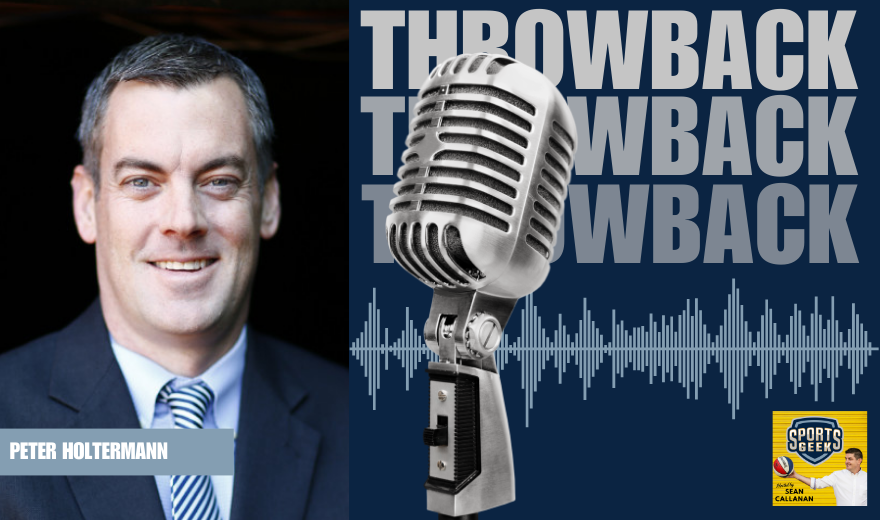This transcript has been lightly edited by AI
Sean: Yes, and it's very important what you just said there. You know, defining your different audiences for your different tennis tournaments. So Cincinnati has that global appeal. It's an important date on the calendar. Players are going there to defend points, among other things.
People have to attend. And so it has a different audience and you have to cater for those two audiences. You have the tennis fan and the local fan. Whereas, Houston is more focused on the local audience and almost in an educating mode. You want to get someone to their first tennis tournament. That's how you go about doing it.
Peter: And that's actually where we go back to Facebook and the fact that you can geotag things. You can cater a message specific to that Cincinnati ticket buyer versus doing something that's more broad. So if there's something going on in Cincinnati, and we really want to push our community involvement, we can do that and localize it, rather than having to do that for the global audience.
Sean: Yes, and that's the thing, you can do that now, either just by targeting, or by pushing it from an advertising point of view. So in your time, starting out in tennis, it would have been, “Hey, let's get the message out, let's build awareness.”
How much is that moving from that engagement piece and getting the content out to getting ticket buyers, whether it's a 3,500 stadium or, like here at the Rod Laver with 15,000 and, 60,000 to 70,000 turning up every single day.
What part of the advice and the strategy you're giving tournaments is in that ticketing component?
Peter: We're doing a lot to use social media to really advertise and show off the tournament. Here's what's happening and, yes. Tennis is a unique sport because it's a day-long event. You know, it's not coming out for a basketball game or Big Bash League or NFL.
It's not a three-hour investment. You're there all day, which gives us a whole lot in the social tool chest because we can talk about all the food we have. There are fashion shows going on. There's all that other event around the actual tournament that you can really push and use that to attract the audience.
So, socially, you want to show that off as much as you can. And, I had a conversation a few years ago. Somebody was talking about, “Well, we could get a billboard in Times Square.” I said, you could. It's pretty expensive and you have no metrics.
Sean: Yes, or we could send something out to mothers of teenagers that we know play tennis, and actually get them to see it, and we can tell you exactly how many saw it and how many clicked through. And it's a fraction of the cost.
Peter: And we can follow up and say, “Hey, we saw you open the email, but you haven't purchased yet. What can we do?” You know, you can then take it to the next level, follow up email, get on the phone, and really push the sales that way, because you're going to know exactly who's looked at it.
Sean: Yes.

